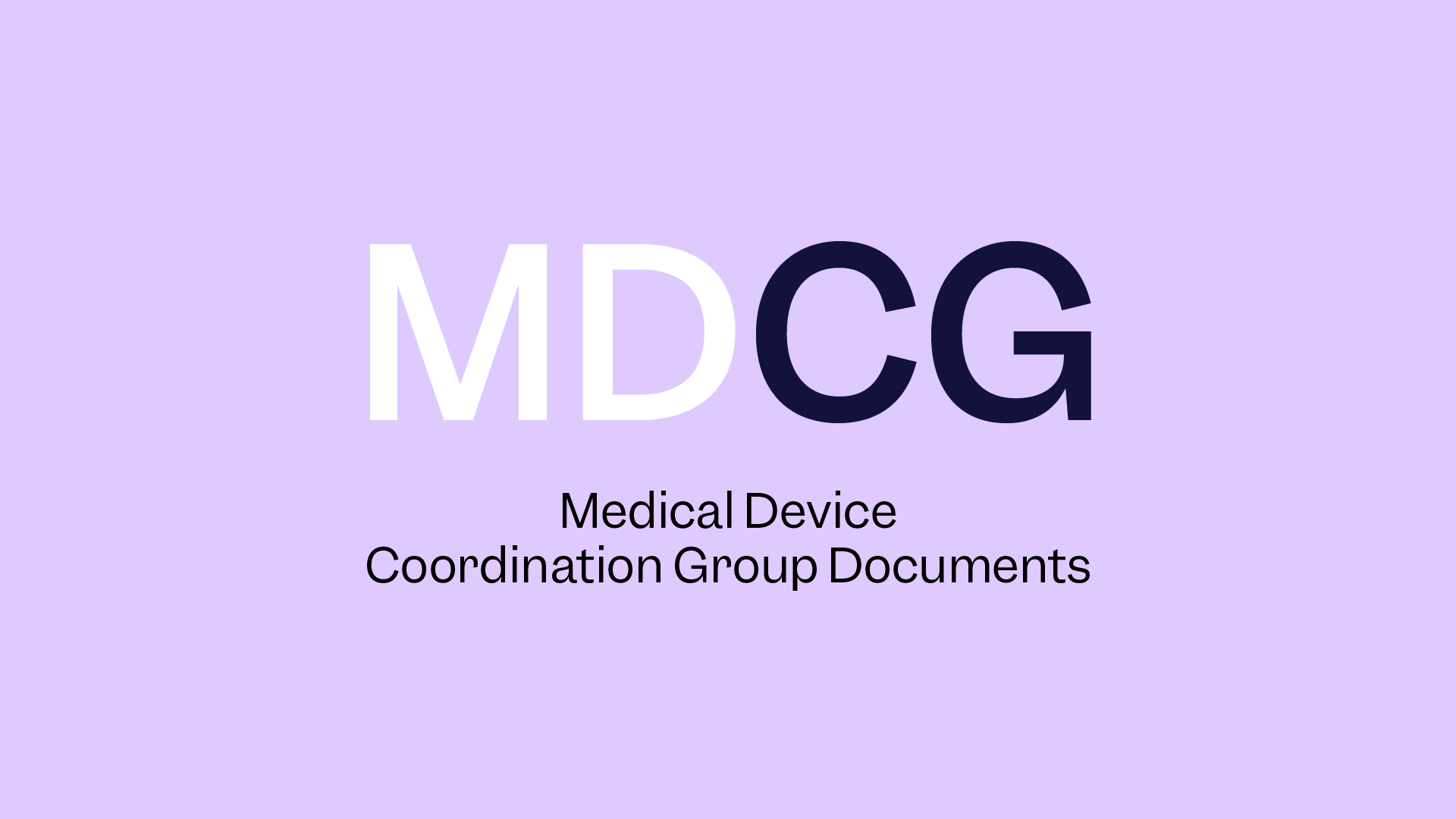
Companies in the life sciences industry need to deal with stacks and stacks of documents. Whether they’re paper or digital, chaos is inevitable if documents are not kept meticulously organized. Document control software is frequently used in the life sciences industry and beyond to effectively manage documents in a digital way. This software not only helps keep everything organized in a tidy and readily accessible way but also makes it much easier to keep multitudes of documents up to date, and the company more straightforward to audit.
In short, document control software takes a lot of hassle out of a company’s already full hands. However, as with all processes and systems in such tightly controlled industries, document control software needs to be totally compliant with regulating bodies.
What is Document Control Software?
Document control software is usually part of a larger Electronic Quality Management System, a.k.a an eQMS. Such a digital system is used to manage all quality processes of a company from a centralized and fully digital location, including processes like trainings, change management, Events, CAPAs, and, of course, Document Control. Everything is directly created and handled in the eQMS, which leads to more streamlined workflows and ultimately better-protected quality standards.
Which regulatory requirements does Document Control software need to comply with?
An eQMS as a whole needs to meet lots of stringent requirements in order to pass audits and meet rigorous life science and healthcare industry safety standards. Lives are at stake, after all. If an eQMS is built out of different modules, then all these integral components also need to comply with the appropriate regulations. This includes document control software. FDA regulations, ISO standards, EU regulations, and more must be considered. Thankfully, most of the document control software solutions on the market are purpose-built to comply with the essential requirements.
Understanding the Regulations
- Medicinal Products for Human and Veterinary Use are required to validate their software and systems. This is regulated under EudraLex Volume 4 Annex 11 on Computerized Systems.
- All medical device manufacturers using a QMS must meet the requirements listed in ISO 13485:2016. This regulation demands certain documentation and storage procedures for the computer software validation (CSV) that is used in QMS. The system should be validated in advance of use, and after any changes.
- Manufacturers in the pharma industry should strive to adhere to GAMP 5 guidelines, which lets them guarantee certain quality standards.
- US medical device manufacturers must validate the software and systems used in manufacturing medical devices to meet 21 CFR 820.
- To comply with FDA regulation 21 CFR Part 11 a life science company must define procedures for electronic signatures and records.
-
Good Practices For Computerised Systems in Regulated “GxP” Environments. This document has all details on how to perform and document a CSV accordingly. PIC/’s (Pharmaceutical Inspection Co-Operation Scheme) guidance document is open to the public, especially for those in the Pharmaceutical industry.
Implementing compliant document control software
To guarantee your document control software or eQMS is fully compliant requires more than just checking that your computerized system of choice meets certain industry regulations.
You’ve understood that you should validate the system. But how? CS validation is different from ordinary validation which you’ve already known and performed in the laboratory or production. The document control software / an eQMS must be implemented in the correct and compliant way. This includes CSV validation. To do this, you can choose from three different options. It’s essential that you either:
1. Train your company’s key personnel
Employees in QA and IT departments can be trained in CSV practices in order to be able to properly validate your computerized systems, especially when a change is made or a new system is implemented. However, this is the least practical and most time-consuming route to take. If your employees have not experienced CSV before, the process may even become a risk.
You should consider hiring new employee(s) for the transformation of your manual QMS into eQMS. If that’s all out with your company’s scope, then you can also choose to:
OR
2. Hire a contracted CSV consultant to validate your systems
If top management plans to implement a computerized system then you can also consider hiring a consultant to validate your systems during implementation without any gap for compliance. Again, this is not very practical in most use cases, since it’s best practice to revise software periodically (especially since the best software features frequent updates and improvements) and you'll therefore need to hire a CSV consultant each time you make any change.
OR
3. Choose a pre-validated system
The most fuss-free route is to purchase an eQMS or document control software solution that’s pre-validated. This means the bulk of the validation procedure has been taken care of, and only minimal effort on your end is required. You won’t need to worry about any lengthy validation processes at all, even for future changes.
Scilife: A Comprehensive, Fully Compliant platform
A solution that ticks all the boxes when it comes to outstanding document control software is Scilife. Our fully digital platform is much more than an eQMS, and a rock solid document control system is merely one of it’s many functionalities.
Scilife uses a GAMP5 validation approach for validating the system on the Amazon Web Services (AWS) platform, making it fast and easy to start using right away. It’s compliant to all regulations mentioned in this article, ensuring audit-readiness at every stage. Better still, you can custom build the platform out of configurable modules - everything from Document Control to CAPAs to employee training and so much more can be managed from a single, central access point in the securely encrypted AWS cloud.
Scilife’s intuitive document control solution lets you replace paper-based documentation entirely with digital files since you can sign off using electronic signatures directly within the platform. A shared central interface means you can finally say goodbye to passing digital versions of files back and forth via email, or being shared online (via possibly less than secure drives or channels), which saves time, hassle and lowers risk. It also creates a single standardized system that improves organization and makes auditing so much easier.
Thanks to its user-friendly interface, Scilife has a low learning curve, requiring minimal technical training. Previously tedious and convoluted workflows are streamlined, as processes and departments can link seamlessly through integrations and connected modules, all within the platform. Since everything is cloud-hosted on hyper-secure AWS servers, employees can access from any device, at any time, from anywhere - boosting productivity and team flexibility.
Check how a smart QMS can help you keep all your documents under control.





